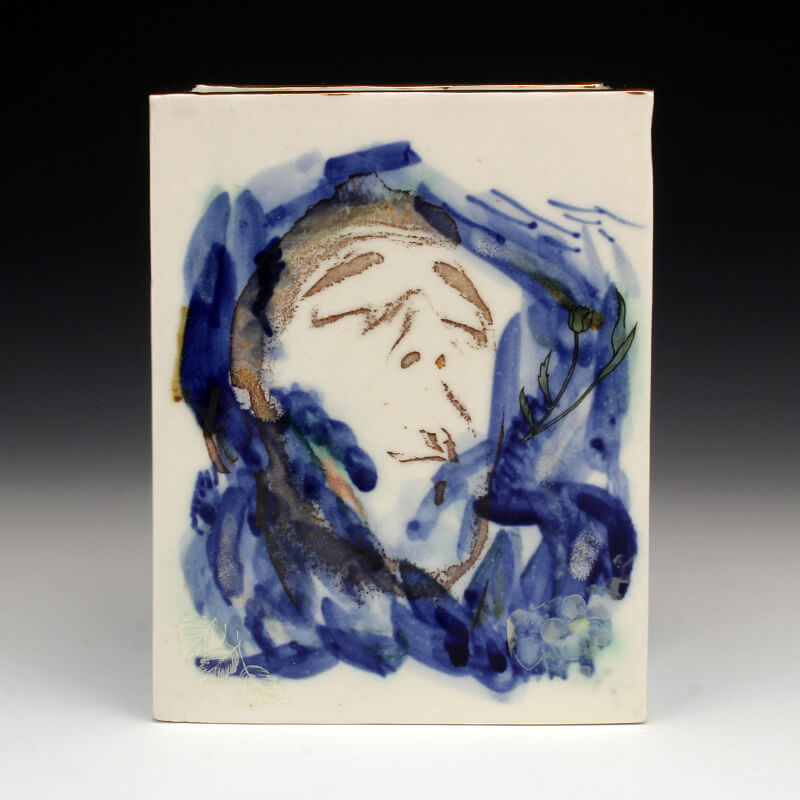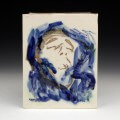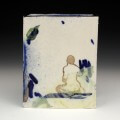
Erik Scollon takes on the histories and traditions of ceramics by reworking the techniques of blue and white porcelain, upending our associations with the color saturated world of ceramic hobby glazes, and by creating performative and participatory projects centered on ceramics or ceramic objects. By moving from porcelain to stoneware, high fire to low fire, functional to sculptural, object oriented to performance, he investigates issues of taste, class, gender, and queerness.
A committed educator, Scollon teaches at the University of California at Berkeley and at California College of the Arts. He has worked alongside people ages seven to seventy through workshops, demonstrations and many years spent teaching at The Berkeley Art Studio in Berkeley, California.
Collaboration is a keen interest of Scollon’s work and he has cooperated withAmanda Curreri on their artist run publication Color&Color, created the ceramics performance collective The Brick Factory with Nicole Burisch, Tom Myers andSummer Zickefoose, as well as working with audiences and his students on a variety of ceramics based participatory projects.
Born in Rochester, Michigan, he received his BFA from Albion College, and an MFA in Ceramics along with an MA in Visual and Critical Studies, both from California College of the Arts. His work has been seen at museums, galleries, craft fairs, design blogs and gay biker bars. He is represented by Romer Young Gallery and he currently lives and works in San Francisco, California.
The common thread that pulls through all of my work is that I am interested in ‘queer ceramics.’ I mean queer in more than one sense of the word. On one hand I’m telling the histories and stories of LGBTQ folk through traditional materials, techniques and familiar domestic objects. But on the other hand, I’m placing a queer reading on the process of making, the act of looking and the task of using those objects. By queering something as ubiquitious and ancient as ceramic practice and ceramic objects, I hope to see new potential what might be passed off a familiar or mundane as a way to make space for wonder. The everyday associations and even intimate contact with ceramic objects can be leveraged to access a response that is embodied, visceral and beyond the intellectual engagement with objects.




